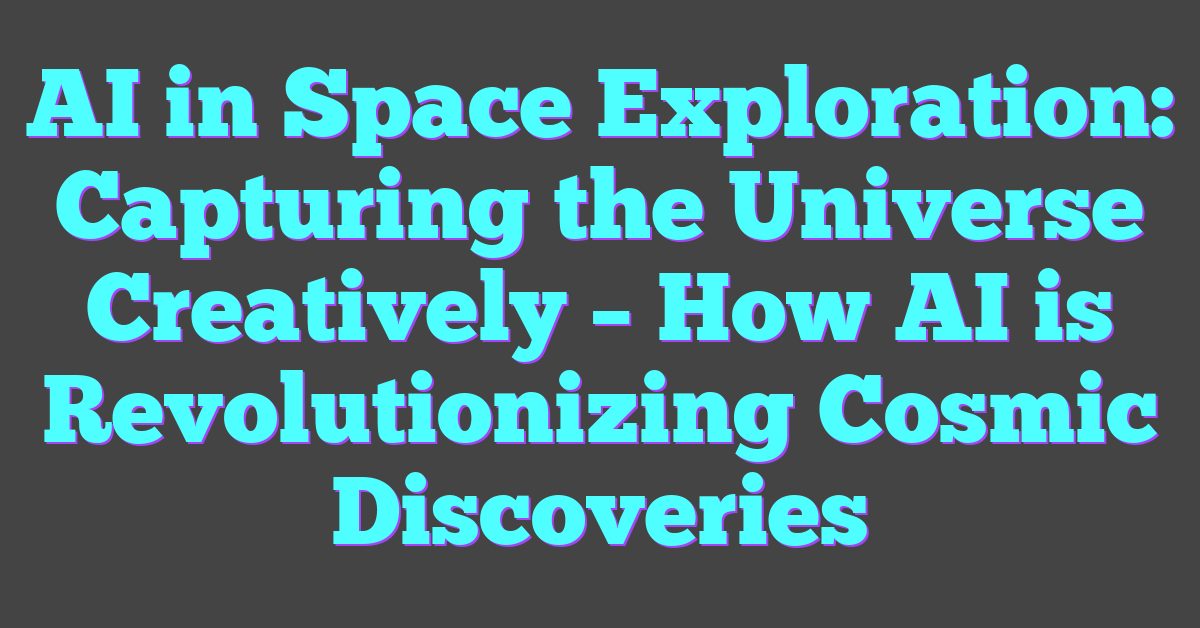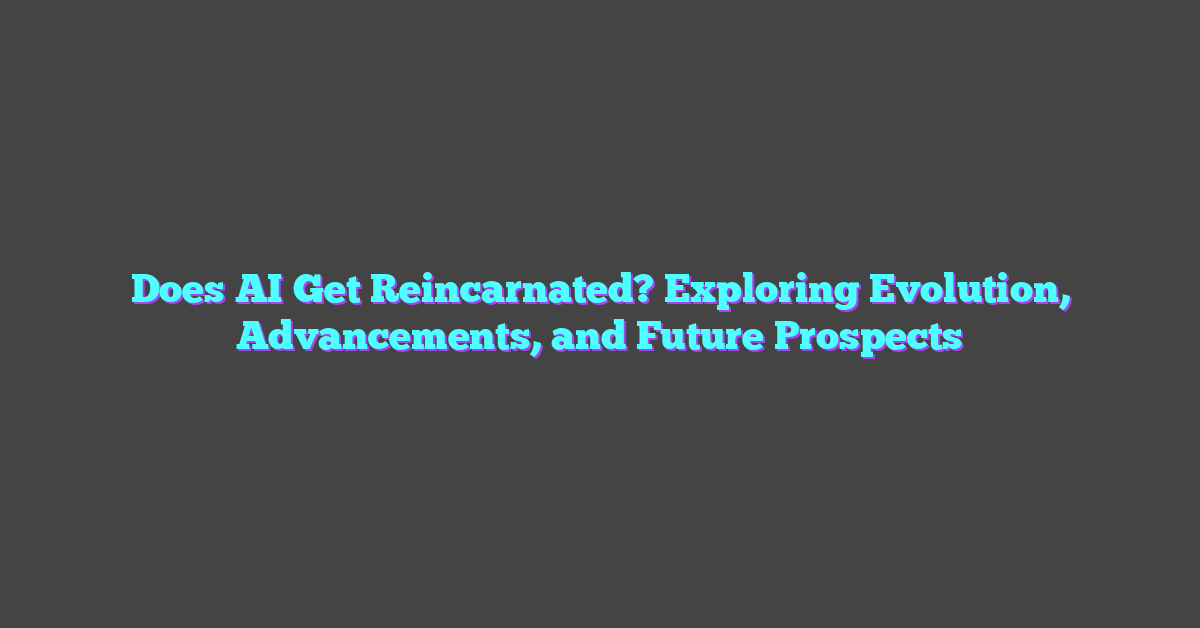Key Takeaways
- Enhanced Data Analysis: AI efficiently processes vast space datasets, enabling quicker discoveries and identifying patterns beyond human capabilities.
- Autonomous Navigation: Machine learning allows spacecraft and rovers to navigate complex terrains and make real-time decisions without constant human input.
- Optimized Mission Planning: AI simulates numerous mission scenarios to determine the most effective strategies, improving mission success rates and reducing costs.
- Advanced Image Processing: AI-driven algorithms produce high-resolution images of celestial bodies, facilitating detailed scientific research and visualization.
- Predictive Maintenance: AI monitors spacecraft systems to predict and address potential failures proactively, ensuring mission reliability and longevity.
- Innovative Problem-Solving: AI provides creative solutions to challenges in space exploration, pushing the boundaries of what’s possible in uncovering the universe’s secrets.
Artificial intelligence is revolutionizing space exploration, unlocking creative ways to capture the universe’s mysteries. By leveraging advanced algorithms and machine learning, scientists can process and analyze vast amounts of data more efficiently than ever before.
From navigating distant planets to generating breathtaking images of celestial phenomena, AI infuses missions with both precision and imagination. This synergy not only enhances our understanding of the cosmos but also inspires new ways to visualize and interpret the wonders of space.
As technology continues to evolve, AI’s role in exploring the final frontier promises to expand, offering innovative tools that push the boundaries of what’s possible in uncovering the secrets of the universe.

Overview of AI in Space Exploration
Artificial intelligence (AI) transforms space missions by enhancing data analysis, mission planning, and autonomous operations. Machine learning algorithms process vast datasets from telescopes and spacecraft, identifying patterns that humans might miss. This capability accelerates discoveries, such as detecting exoplanets or understanding cosmic phenomena.
AI optimizes mission planning by simulating countless scenarios, selecting the most efficient paths and strategies. It enables autonomous navigation for spacecraft exploring distant planets, reducing reliance on real-time human control. For example, rovers on Mars use AI to navigate terrain and conduct experiments without constant Earth-based instructions.
Image processing powered by AI generates high-resolution visuals of celestial bodies. These images help scientists study planetary surfaces, star formations, and galaxy structures with greater clarity. AI-driven simulations also model space environments, predicting conditions and behaviors that inform mission designs.
The integration of AI in space exploration leads to more precise and creative solutions, pushing the boundaries of our understanding of the universe. As AI technology advances, its applications in space missions expand, offering innovative tools to explore and capture the cosmos.
Key Applications of AI in Space Exploration
- Data Analysis: AI processes and interprets large volumes of space data, identifying significant patterns and anomalies.
- Autonomous Navigation: Machine learning enables spacecraft to navigate complex terrains and make real-time decisions.
- Mission Planning: AI simulates mission scenarios, optimizing resources and strategies for successful outcomes.
- Image Processing: Advanced algorithms enhance the quality of images captured by space instruments, aiding scientific research.
- Predictive Maintenance: AI monitors spacecraft systems, predicting and addressing potential failures before they occur.
Advantages of AI in Space Missions
| Advantage | Description |
|---|---|
| Increased Efficiency | AI streamlines data processing and mission operations, saving time and resources. |
| Enhanced Precision | Machine learning improves the accuracy of measurements and navigational tasks. |
| Autonomous Operations | Reduces the need for constant human intervention, enabling longer and more complex missions. |
| Cost Reduction | Optimizes resource allocation, lowering overall mission costs. |
| Innovative Problem-Solving | AI provides creative solutions to challenges encountered during space exploration. |
AI’s role in space exploration exemplifies the synergy between technology and discovery. By leveraging machine learning and intelligent algorithms, space missions achieve unprecedented levels of precision and creativity, paving the way for future advancements in our quest to understand the universe.
Key Technologies and Innovations
AI drives cutting-edge advancements in space exploration, enabling more efficient and creative solutions.
AI-Powered Robotics
AI-powered robotics enhance autonomous operations in space missions. Robots like NASA’s Robonaut perform complex tasks aboard the International Space Station with minimal human intervention. These robots navigate harsh environments, conduct experiments, and maintain spacecraft, increasing mission longevity and safety. Autonomous drones, such as the Mars Helicopter Ingenuity, utilize AI for real-time decision-making and navigation, expanding the scope of exploration on other planets.
Machine Learning Algorithms
Machine learning algorithms optimize data analysis and mission planning. They process vast datasets from telescopes and spacecraft, identifying patterns and anomalies that accelerate discoveries. For instance, algorithms detect exoplanets by analyzing light curves and predict cosmic events by modeling stellar behaviors. In mission planning, machine learning simulates various scenarios to determine the most efficient paths and strategies, enhancing the precision and success rate of space missions.
Applications in Capturing the Universe
AI transforms how we observe and interpret the cosmos. Advanced technologies enhance our ability to capture detailed and meaningful data from space.
Autonomous Spacecraft Navigation
AI empowers spacecraft to navigate complex environments independently. Machine learning algorithms process real-time data, enabling rovers like Mars’ Perseverance to traverse rugged terrains and avoid obstacles efficiently. Autonomous navigation reduces mission risks and extends exploratory capabilities, ensuring missions achieve their objectives even in unpredictable conditions.
Data Analysis and Image Processing
AI-driven data analysis accelerates processing vast datasets from telescopes and space probes. Machine learning models identify patterns and anomalies traditional methods might miss, facilitating discoveries such as new exoplanets and cosmic phenomena. In image processing, AI enhances the resolution and clarity of celestial images, allowing scientists to study planetary surfaces, star formations, and galaxy structures with unprecedented detail. This precision supports deeper scientific insights and fosters creative interpretations of the universe’s complexities.
Benefits and Challenges
AI significantly transforms space exploration by enhancing mission efficiency and presenting unique challenges. Balancing these benefits and challenges is crucial for advancing our understanding of the universe.
Enhancing Mission Efficiency
AI optimizes mission planning by simulating thousands of scenarios, selecting the most efficient paths for spacecraft. Autonomous navigation systems, like those used in Mars rovers, enable real-time decision-making, reducing the need for constant human intervention. Machine learning algorithms process vast datasets quickly, identifying patterns that accelerate discoveries, such as exoplanet detection and cosmic event prediction. Additionally, AI-powered robotics perform complex tasks on missions, increasing precision and reliability while minimizing operational costs.
Ethical and Technical Challenges
Implementing AI in space exploration introduces ethical and technical challenges that must be addressed. Ensuring the reliability and safety of autonomous systems is critical to prevent mission failures. Data privacy concerns arise when handling sensitive information from space missions. Additionally, the complexity of AI algorithms can lead to transparency issues, making it difficult to understand decision-making processes. Ethical considerations include the potential for job displacement in space-related fields and the need for responsible AI usage to prevent unintended consequences in exploration activities.
Future Perspectives
Advancing autonomous systems empowers spacecraft to make real-time decisions, enhancing mission flexibility and reducing reliance on ground control. Enhancing data processing capabilities allows AI to analyze increasingly complex datasets, uncovering new cosmic insights and accelerating scientific discoveries. Integrating AI with emerging technologies, such as quantum computing and advanced robotics, fosters the development of more efficient and capable exploration tools.
Expanding collaborative AI missions enables multiple autonomous agents to work seamlessly together, optimizing exploration strategies and resource management. Improving predictive maintenance leverages machine learning to anticipate and mitigate technical issues, ensuring the longevity and reliability of space assets. Developing AI-driven visualization techniques provides scientists with sophisticated tools to interpret vast amounts of astronomical data, facilitating a deeper understanding of the universe.
Promoting ethical AI practices ensures responsible deployment of artificial intelligence in space exploration, addressing challenges related to data privacy and system transparency. Investing in AI education and training cultivates a skilled workforce, ready to advance the integration of machine learning in future space missions. Exploring innovative AI applications continues to push the boundaries of what is possible, paving the way for groundbreaking discoveries and creative approaches to capturing the universe.
Conclusion
AI is revolutionizing how we explore the cosmos by making missions smarter and more efficient. With autonomous systems handling complex tasks, scientists can focus on uncovering the universe’s mysteries without getting bogged down by the details.
The creative use of AI not only enhances our ability to capture stunning images and process vast amounts of data but also opens up new possibilities for discoveries. As technology continues to advance, the partnership between AI and space exploration promises to push the boundaries of what we know and inspire future generations to reach for the stars.




